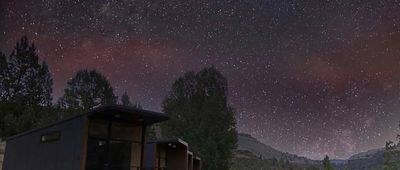Weather the Storm
Hurricane Hilary is racing toward California, and millions of people in the Southwest could soon be dealing with its impact. If it makes landfall in California as a tropical storm, it would be the first in 84 years, according to NBC News.
A few simple steps taken in advance make storm preparation affordable even on a tight budget. The American Red Cross and Federal Emergency Management Agency recommend a three-day supply of food, water, and other essentials for evacuating to a safe zone and two weeks' worth for sheltering in place.

























